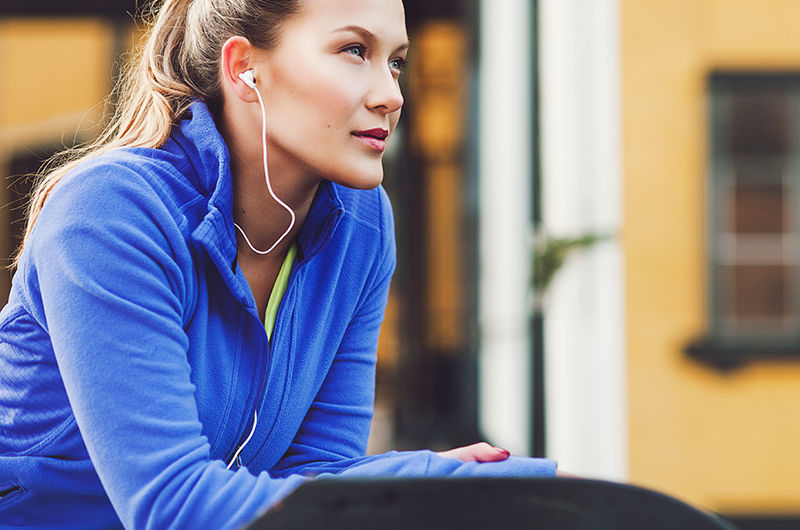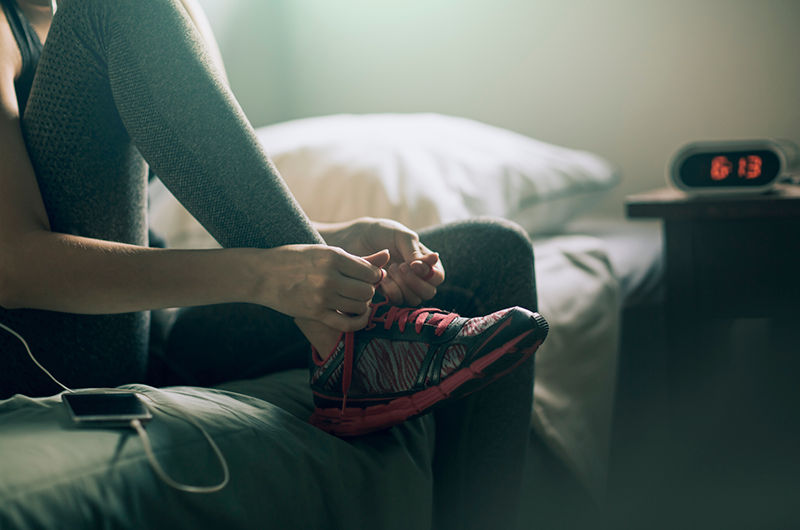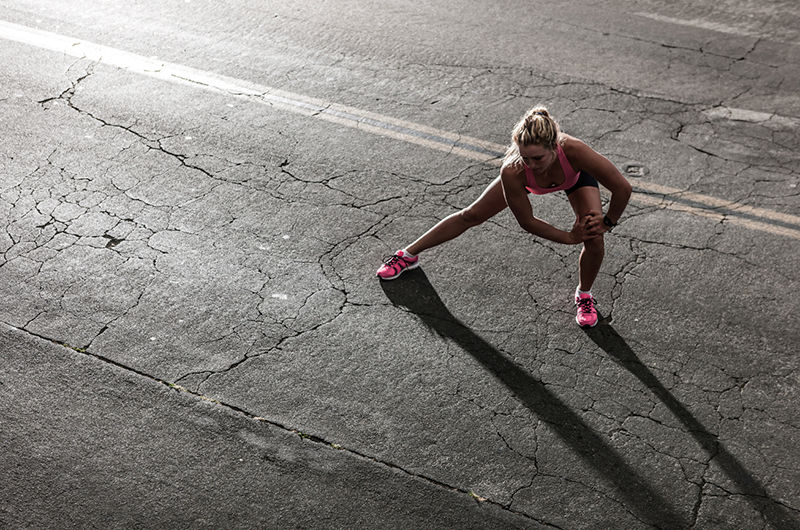
“You need a sports drink after you work out to help your body recover.” Sound familiar? The world of exercise is cluttered with myths and misperceptions. Many of these myths persist because of the way fitness is portrayed in the media; other myths withstand the test of time because there’s a lot of money behind them. The fitness industry is a multi-billion dollar business, after all. Let’s take a look at six common exercise myths and realities.
Do you believe that exercise doesn’t work for you? Do you think that walking doesn’t count as exercise? You’ve come to the right place. Here are the realities behind six common exercise myths.
Myth: Exercise Doesn’t Work For Me

Reality: Exercise has been proven to be an effective way of managing a healthy weight, achieving performance goals and improving overall health.
There are a variety of reasons why someone might feel like exercise doesn’t work. Novice exercisers often become frustrated if they don’t immediately achieve results; many fitness programs promote false-hope promises like losing 10 pounds in 30 days; and sometimes people enter into an exercise routine with great intentions but start too hard too quickly and burn out.
The key to success is to go into exercise with a lifestyle change mindset. And, choose a type of exercise that you find pleasurable or mix up your routine if you’ve hit a plateau.
Myth: Walking Isn’t Good Exercise

Reality: Walking is a great form of exercise and can be effective at improving overall health for many individuals.
Walking provides innumerable physical, mental and emotional benefits. In fact, walking is one of the oldest forms of exercise. Hippocrates said, “Walking is a man’s best medicine.” And according to Harvard Health, walking improves cardiovascular factors such as cholesterol and blood pressure; protects against obesity and diabetes; and protects against depression and dementia.
The best part about walking is that it’s light on the joints and can be done every day, virtually anywhere. Walking is an ideal mode of transportation and a great way to expend extra calories throughout the day. Try walking on your lunch break or taking the stairs to burn more calories throughout the day.
Myth: Metabolic Conditioning is the Only Intense Exercise

Reality: Every exercise and movement affects the metabolic processes.
There is much confusion about metabolic conditioning. First, every workout, movement and exercise routine is technically metabolic conditioning. Even if it’s a light walk or a gentle yoga class, the body undergoes a metabolic process that elicits a change in hormone response and expends calories. Even with light exercise, the body will be slightly revved up post-exercise and will then return to homeostasis.
However, for the ultimate metabolic conditioning benefits, higher intensity and resistance programs can provide a greater Excess Post-Exercise Oxygen Consumption (EPOC), caloric expenditure and higher responses from the anabolic hormones that are responsible for lean muscle growth. After higher intensity exercise, it will take the body longer to return to homeostasis compared to lighter exercise, and this contributes to a higher caloric expenditure.
Myth: Sports Drinks are an Ideal Post-Exercise Beverage

Reality: For most exercisers, only water is necessary.
Sports drink companies have been effective in using marketing tactics to make people believe that sports drinks are the perfect recovery beverage. Non-diet sports drinks contain high amounts of sugar, which hinders weight loss goals.
Anyone who exercises fewer than 60 minutes at a low to moderate intensity should only need water. Anyone who performs more than 60 to 90 minutes of high intensity exercise may require an electrolyte or carbohydrate replacement. This is important for endurance athletes. Extreme heat or altitude may also require an electrolyte replacement, but for most people water is the way to go.
Myth: I Can’t Afford to Exercise
Reality: You don’t need to purchase anything to exercise.
Humans have two wonderful gifts: our two legs and gravity. People can challenge themselves with bodyweight exercises that move through or directly against gravity. And equipment needn’t be expensive. Household items such as milk containers, books and even small children or pets can be used as additional weight during exercise. Also, cardiovascular exercise such as walking or jogging only requires a pair of shoes.
Myth: If I’m Not Sweating, I’m Not Working Hard Enough
Reality: Sweating is not necessarily an indicator of exertion.
Let’s face it. Some people sweat more easily than others. Sweating is the body’s method of cooling itself. Many people associate sweating (think hot yoga) with burning more calories, but it’s the heat that contributes to sweating and not necessarily the effort.
Those who don’t sweat easily shouldn’t discredit their efforts since it is possible to burn a significant amount of calories without pouring sweat.
References
American Council on Exercise. ACE Essentials of Exercise Science for Fitness Professionals. San Diego: American Council on Exercise, 2013.
American Council on Exercise. ACE Metabolic Conditioning. San Diego: American Council on Exercise, 2013.
Harvard's Men’s Health Watch. "Walking: Your Steps to Health - Harvard Health." Harvard Health Publications. N.p., 1 Aug, 2009.




 by
by 





 by
by